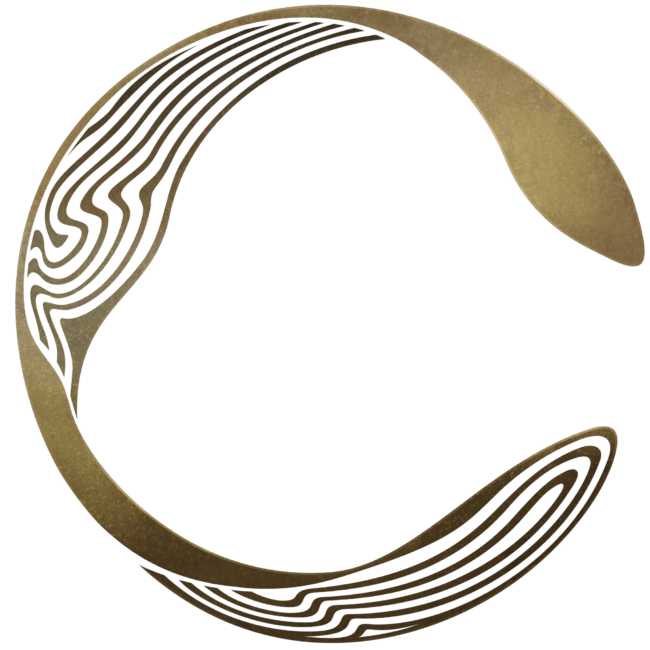Labyrinth
Labyrinths are warped, unstable realms of fractured spacetime scattered throughout Setera in Chrono Odyssey. These mysterious locations represent some of the greatest enigmas in the game world, offering unique challenges that blend puzzle-solving with combat encounters. Shaped by unknown forces, Labyrinths bend the laws of reality itself, forcing players to engage their senses from entirely new perspectives.[1]
Overview
Labyrinths are spacetime anomalies that exist alongside other temporal distortions such as Chrono Gates and Time Portals. These twisted rifts are described by Chrono Studio as "twisted rifts filled with puzzles, offering a break from combat and culminating in a special treasure."[2] Unlike standard five-player Expedition Dungeons, Labyrinths place equal emphasis on traversal, spatial reasoning, and limited-scale skirmishes.
According to Executive Producer Yoong Sang-tae, Labyrinths "bend the laws of reality, forcing you to engage your senses from a new perspective."[1] Preview footage shows camera tilts, gravity shifts, and Escher-like architecture that require vertical movement and timed gear rotations.
Characteristics
Spacetime Distortion
Labyrinths are characterized by their fractured spacetime nature, shaped by unknown forces that have warped these spaces beyond normal comprehension. The unstable reality within these areas creates unique environmental challenges that players must overcome, including:
- Reversing gravity wells
- Temporal anomalies
- Shifting architecture
- Reality distortions that affect perception
Puzzle Mechanics
The core gameplay within Labyrinths revolves around solving complex, interconnected puzzles. Players must work through these challenges to uncover the secrets buried within each Labyrinth.[1] The puzzles include:
- Platform segments with rotating platforms and collapsing bridges
- Chrono Switches that slow or rewind localized time
- Cooperative runes requiring multiple players or time-cloned echoes
- Environmental puzzles requiring creative thinking
Combat Integration
While puzzle-solving is the primary focus, combat emerges naturally within Labyrinths. Sudden encounters with monsters heighten the otherworldly atmosphere, creating tension and pacing that intensifies every moment of exploration.[1] Monster packs spawn organically as players clear puzzle nodes, keeping tension high without traditional boss gates.
Types of Labyrinths
Standard Labyrinths
These are the primary Labyrinth encounters scattered throughout Setera, featuring the standard blend of puzzle mechanics and combat encounters. Each Labyrinth has its own theme and environmental design.
Mythic Labyrinth
The Mythic Labyrinth is a specialized endless-floor mode with escalating modifiers that increase difficulty as players progress. This mode features:
- Gear score requirement: 500-580
- Global leaderboard system
- Escalating difficulty modifiers
- Substantial rewards for high rankings
- Tests of both skill and endurance[3]
Gameplay Mechanics
Puzzle Structure
| Puzzle mechanic | Description | Key Features |
|---|---|---|
| Platforming segments | Series of rotating platforms and collapsing bridges | Tests momentum and double-jump timing |
| Chrono Switches | Levers that manipulate localized time | Allow crystals to realign and doors to unlock |
| Cooperative runes | Pressure plates requiring simultaneous activation | Can be solved with multiple players or time-cloned echoes |
| Roguelike modifiers | Weekly randomized hazards | Include inverted gravity, darkness zones |
| Environmental puzzles | Reality-bending challenges | Require spatial reasoning and creative problem-solving |
Combat Encounters
Combat within Labyrinths features:
- Void Echoes: Elite enemies with random affixes tied to the Labyrinth's anomaly type
- Mini-bosses: Guard shortcut levers that can radically shorten a run
- Dynamic spawns: Monsters appear as puzzle phases progress
- Integrated combat: Fighting seamlessly woven into puzzle-solving
Time Mechanics
Although Labyrinths lack the strict extraction timer seen in Eden, optional challenge chests appear only while a global countdown is active, incentivizing speed-running teams. Players can manipulate time using their Chronotector to solve puzzles and overcome obstacles.
Known Labyrinth Themes
| Labyrinth Name | Visual Motif | Notable Hazard | Special Features |
|---|---|---|---|
| Shattered Halls | Floating marble corridors suspended over void | Reversing gravity wells | Vertical traversal challenges |
| Iron Clocktower | Gears and pendulums frozen mid-swing | Clockwork sentinels that speed up when time is slowed | Time manipulation puzzles |
| Coral Archive | Flooded library shifting between past and present tides | Rising-water timer forcing vertical ascent | Dual-timeline mechanics |
Rewards and Objectives
Completing Labyrinths yields valuable rewards essential for character progression:
Standard Rewards
- Special Treasure: Locked coffers containing Labyrinth-exclusive cosmetics, crafting materials, and Chronotector upgrade shards[2]
- Temporal Dust: Currency used at Chrono Gates to re-roll affixes on captured Specters
- Progression Materials: Essential items for advancing in Chrono Odyssey
- Mystical Items: Unique equipment and artifacts
Mythic Labyrinth Rewards
- High-tier equipment suitable for endgame content
- Leaderboard rankings and associated prestige
- Exclusive cosmetics and titles
- Preparation materials for Region Boss raids and Void encounters[3]
Lore and Backstory
Labyrinths rank among the greatest enigmas of Setera, their origins and true nature remaining largely mysterious.[1] These anomalies appear to be connected to the broader spacetime distortions affecting the world, possibly related to:
- The ongoing conflict with the Void
- Ancient forces that shaped Setera
- The manipulation of time through artifacts like the Chronotector
- Secrets about Setera's history and the nature of reality itself
As players explore these realms, they may uncover clues that deepen their understanding of the game's narrative and the cosmic forces at play.
Strategy
Solo Play
- Focus on Chronotector abilities for puzzle-solving
- Prioritize mobility and defensive skills for combat sections
- Average completion time: 15-18 minutes[4]
- Use time manipulation to create echoes for cooperative puzzles
Group Play
- Coordinate for simultaneous rune activation
- Assign roles for puzzle mechanics
- Three-player teams can complete runs in under 10 minutes[4]
- Communication essential for complex interconnected puzzles
Location and Discovery
Labyrinths are found across Setera, often in unexpected or hidden locations. Their scattered nature and lack of consistent map markers make discovery a key part of the experience. Players must explore diverse biomes to locate these enigmatic realms:
- Grasslands: Hidden beneath ancient ruins
- Snowlands: Frozen temporal rifts
- Swamps: Corrupted spatial anomalies
- Other regions: Each with unique Labyrinth variants
Development Notes
- First revealed in comprehensive gameplay walkthrough (June 2025)
- Designed as meditative counterpoint to large-scale battles
- Solo runs average 15-18 minutes, group runs under 10 minutes[4]
- Additional Labyrinth layers planned post-launch as Void Nexus corruption spreads
- Part of content rotation with updates every 4 months
Trivia
- Labyrinths represent one of several spacetime anomaly types in Chrono Odyssey
- Concept inspired by reality-bending spaces and cosmic horror themes
- Each Labyrinth contains hidden lore fragments about Setera's past
- Some Labyrinths may connect to different timelines simultaneously
Related Content
- Chrono Gates: Fast-paced boss encounters with time manipulation
- Time Portals: Gateways to alternate timelines of Setera
- Eden: Endless dungeon system beyond all timelines
- Void Nexus: Corruption sites requiring purification
- Dungeons: Traditional group-based challenges
Gallery
References
- ↑ 1.0 1.1 1.2 1.3 1.4 (2025-06-11)."Chrono Odyssey - 17 Minute Gameplay Walkthrough". IGN
- ↑ 2.0 2.1 (2025-05-23)."Chrono Odyssey Dev Diary Provides the First In-Depth Look at Its Features and Content". Wccftech
- ↑ 3.0 3.1 (2025-05-19)."Known Info - Investor Meetings - Dev Notes". Steam Community
- ↑ 4.0 4.1 4.2 (2025-06-16)."Chrono Odyssey beta access, gameplay, and more". Times of India


